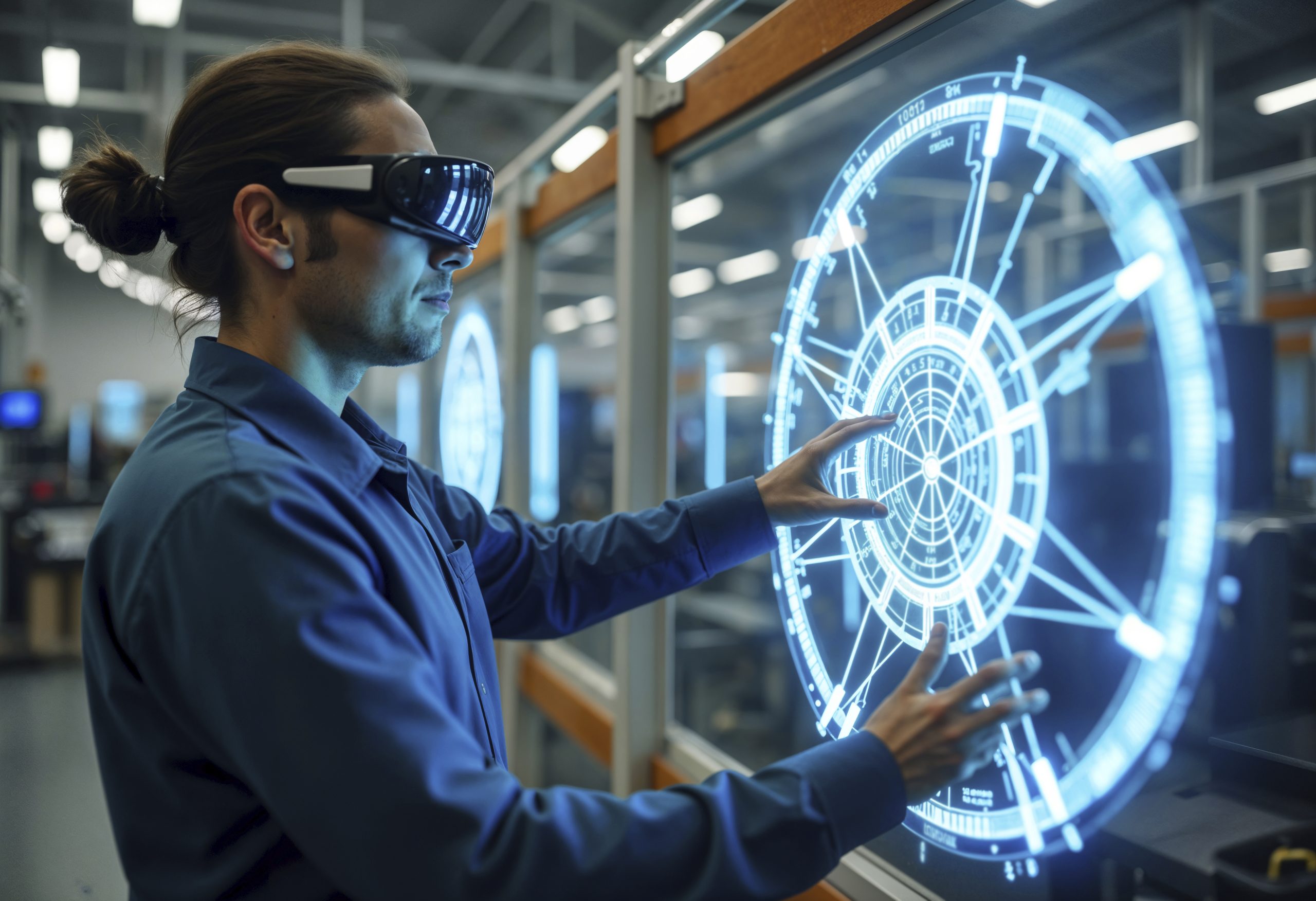
- By qematicadmin
In the relentless pursuit of operational excellence, time and motion studies have long been a cornerstone of industrial engineering. By observing and analyzing how tasks are performed and how time is spent, organizations have historically identified inefficiencies and streamlined processes. But in 2025, this foundational technique is undergoing a renaissance, thanks to intelligent automation and AI-powered diagnostics.
Welcome to Time & Motion Studies 2.0, where traditional stopwatches are replaced by computer vision, machine learning, and sensor-based analytics. This isn’t just about faster workflows — it’s about transforming how businesses approach process improvement itself.
The Evolution of Time & Motion Studies
The original time and motion studies, pioneered by Frederick Taylor and Frank and Lillian Gilbreth in the early 20th century, were manual, observational, and time-consuming. Analysts with clipboards and timers would break down tasks into discrete actions, then optimize them for efficiency.
While the insights were often valuable, the method had key limitations:
- It relied on small sample sizes.
- Human bias often skews results.
- Data collection was costly and time-intensive.
- Real-time adaptability was impossible.
Fast-forward to today, and those constraints are no longer a concern. AI, IoT, and intelligent automation tools have supercharged the methodology, offering faster, deeper, and more scalable insights than ever before.
What Is Time & Motion Studies 2.0?
At its core, Time & Motion Studies 2.0 retains the essence of analyzing how work is performed but modernizes the “how” with cutting-edge technology:
- Computer Vision: Cameras equipped with AI detect task sequences, track body movements, and identify inefficiencies without disrupting the workflow.
- IoT Sensors: Devices embedded in machinery, tools, or even worn by workers capture granular data on time spent, movement, temperature, and more.
- Machine Learning: Algorithms analyze massive data sets to find patterns, recommend changes, and predict future bottlenecks.
- Digital Twins: Virtual simulations of real-world processes allow teams to test process improvements in a risk-free environment.
The result? You get a live, intelligent, always-on diagnostic system that feeds process managers with insights on where time is lost and how to optimize task execution.
Why AI-Powered Process Improvement Matters
Today’s business environment is hyper-competitive. Every second saved per task can add up to hours — or even days — over weeks. Whether you’re in manufacturing, logistics, retail, or healthcare, improving your processes directly impacts your bottom line.
Here’s how AI is redefining process improvement:
1. Real-Time Optimization
Unlike traditional time and motion studies that analyze data after the fact, AI tools monitor performance continuously and flag inefficiencies as they occur. This enables instant corrective actions, reducing downtime and boosting productivity.
2. Objective, Scalable Analysis
Machine learning models eliminate human subjectivity and deliver unbiased assessments of worker efficiency, machine utilization, and workflow bottlenecks across departments, shifts, and even geographies.
3. Predictive Process Improvement
By analyzing historical data and current performance, AI can forecast where slowdowns are likely to occur in the future. This predictive layer helps organizations proactively redesign workflows before issues arise.
4. Enhanced Worker Well-Being
Time & Motion Studies 2.0 not only focuses on output but also ergonomics. AI can identify repetitive strain risks or fatigue patterns and suggest job rotations or ergonomic improvements, promoting both health and productivity.
Industries Leading the AI Time & Motion Revolution
Let’s look at how some industries are already applying this advanced model:
Manufacturing
In large-scale production plants, AI-driven time and motion studies identify delays in assembly lines, track hand-tool movements, and monitor equipment changeovers. By optimizing each micro-task, companies are seeing up to 20% increases in throughput and significant reductions in waste.
Retail & Warehousing
From picking and packing to restocking and checkout, AI systems monitor employee movement and suggest layout improvements. Combined with robotics, the result is faster service, reduced inventory costs, and improved customer satisfaction.
Healthcare
Hospitals and clinics apply intelligent automation to administrative and clinical workflows. AI diagnostics show how much time is lost in manual charting or redundant check-ins, leading to redesigned patient journeys and less staff burnout.
Logistics & Supply Chain
IoT sensors track the motion of goods, forklifts, and people in real time. AI then maps out optimal warehouse layouts, shift patterns, and delivery schedules, cutting delays and maximizing on-time performance.
From Insight to Implementation: What Businesses Need
To fully leverage Time & Motion Studies 2.0, organizations need more than just smart cameras or sensors. They need a strategy.
Here’s what a modern implementation roadmap looks like:
- Baseline Assessment: Use AI tools to gather data on current workflows, time spent on tasks, and bottlenecks.
- Process Mapping: Translate raw data into visual process maps to identify inefficiencies.
- AI Recommendations: Let machine learning suggest improvements — from rearranging workstations to redesigning task sequences.
- Pilot Projects: Test changes in controlled environments, such as a single shift or location.
- Scale & Integrate: Once validated, roll out changes organization-wide and embed intelligent automation tools for ongoing analysis.
- Continuous Monitoring: Keep the system running to identify new inefficiencies and adapt to process changes.
The Future: Intelligent, Adaptive Operations
Time & Motion Studies 2.0 represent more than just an upgrade — they’re a paradigm shift. AI-powered diagnostics are no longer optional for process-driven businesses. They are the new baseline.
Companies that embrace this intelligent approach to process improvement will not only reduce costs but also build agile, resilient operations ready for future disruption.
Imagine a factory where every step is monitored and improved in real time. A hospital where patient wait times shrink every month. A warehouse that learns from every shipment.
That’s not a dream — that’s the reality of Time & Motion Studies 2.0.
Conclusion
Time and motion studies are no longer just about saving minutes — they’re about unlocking exponential value across every layer of your organization. With the infusion of AI and intelligent automation, businesses gain visibility, agility, and control like never before.
If you’re looking to rethink your processes from the ground up, it’s time to go beyond the stopwatch. It’s time for diagnostics that think, learn, and transform.
Welcome to the future of process improvement.

